#shetland wool socks
Text
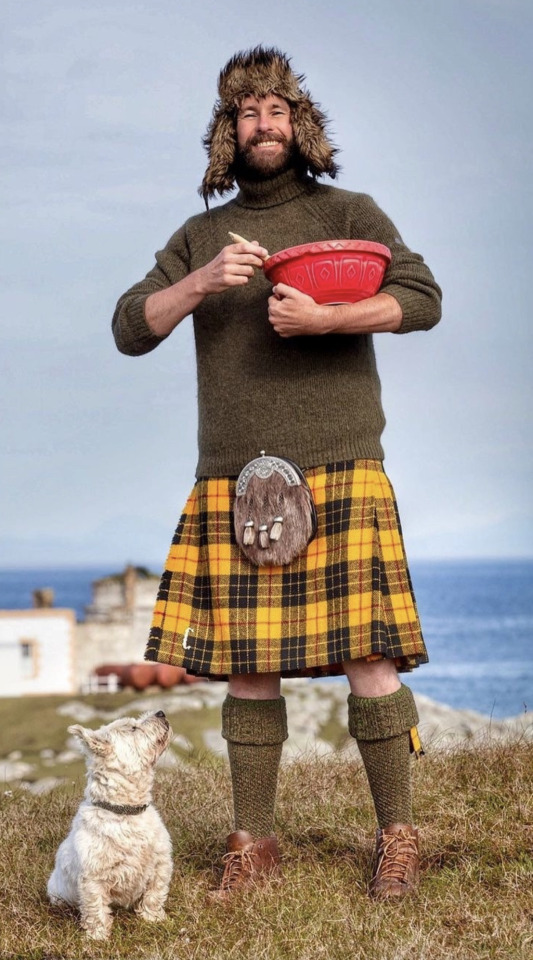
#shetland sweater#wool sweater#sweater#wool#shetland#menswear#shetland turtleneck#wool kilt#brown shetland#shetland wool socks#crewneck shetland#shetland crewneck#shetlandsweater#terrier#fur trapper hat
185 notes
·
View notes
Text
Genuinely spending 2 hours a day just prepping the fiber, RIP
To be fair at least a third of that time is pushing the executive function button so I can start the next nest. They're unfortunately one of those activities that has enough steps that each one feels like it's own separate thing, so I have to Start Task each damn time. So there's a 5-10 minute cooldown between them.

Got 9 nests, I think (on top), middle is some fleece that's already had a lot of locks picked out so it's kind of jumbled, bottom is combing waste.
#That's how all fiber prep is for me... I bet if I was actually medicated it'd go faster#but what can you do.#anyway ive done similar things. 2021 tdf i was carding rolags as i went#but those are so much faster !!! like 2 minutes at most and usually closer to 30 seconds for a rolag that takes#around the same amount of time to spin as a nest of top#meanwhile the nests are 10 minutes each IF i have already picked the locks. which ive started doing bc it feels a little faster#and earlier this year i was spending an hour to an hour and a half before work every day combing southdown babydoll for sock yarn#but i was also spinning that up on supported spindles (i spin 3x slower on those than on my wheel) and over the course#of like a 10+ hour shift#so it felt a lot more reasonable#im combing more of this shetland per day than i was the southdown for sure#but yeah it spins up so much faster that its like. whole morning: combing#tiny but nice part of afternoon: actually spinning the top#idk a ton about how ancient people prepared their wool... definitely need to find some info bc it would be fascinating to know#but carding cloth is a pretty recent development in the grand scale of how long humans have kept sheep#so.... yeah i can imagine youd need like 4 kids combing the wool just to keep up with one experienced spinner#or else that one spinner is spending all damn morning prepping wool#its not a great nighttime activity bc if you cant see real well then your prep really suffers#easier to spin in the near dark than prep in the near dark by a long shot#idk ! cool to think about#im rly intruiged by sally pointers video on that blackthorn hand hackle thing (i cant remember the name RIP)#feels like it could comb wool too ? or at least you could try and then make something better when that failed#but a comb of some kind is just gonna be the easiest thing to make if nothing else ...#palm comb#tour de fleece#tour de fleece 2023#wool prep
33 notes
·
View notes
Text
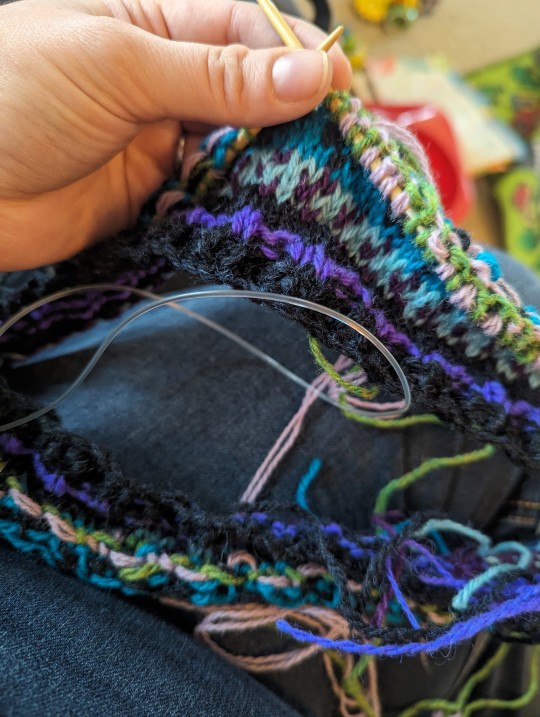
#starting another stranded knit because the socks got frogged by small children and I need encouragement#knitting#stranded knitting#this one's a hat#shetland wool#fiber arts
3 notes
·
View notes
Photo
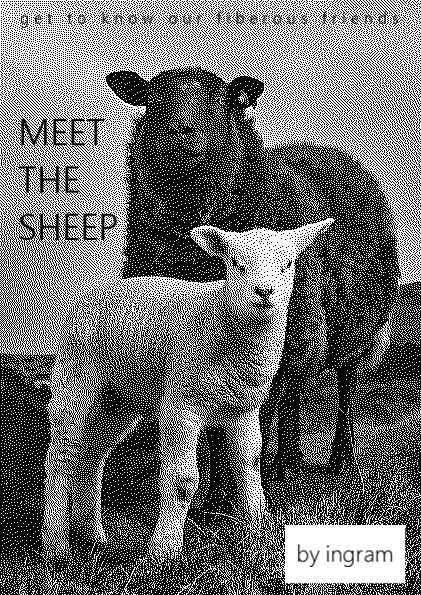

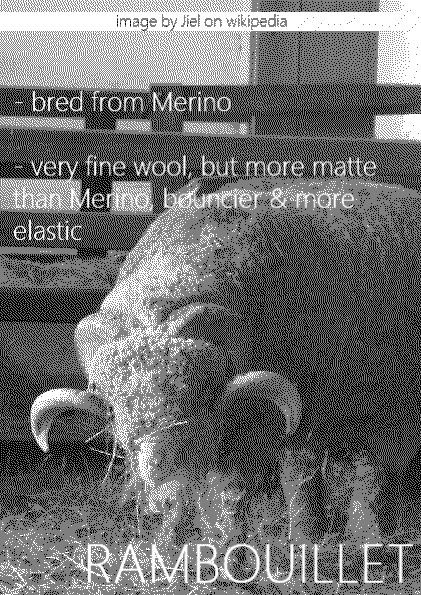

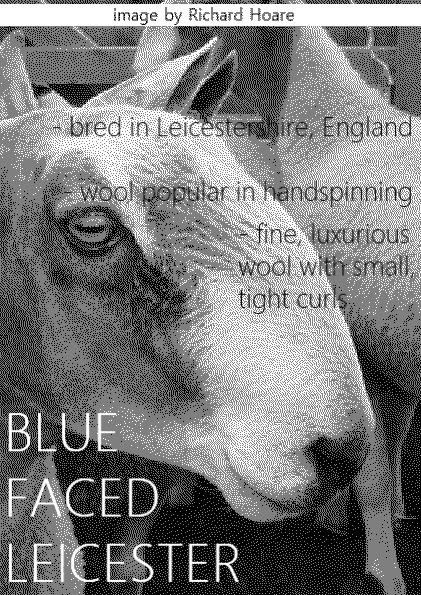

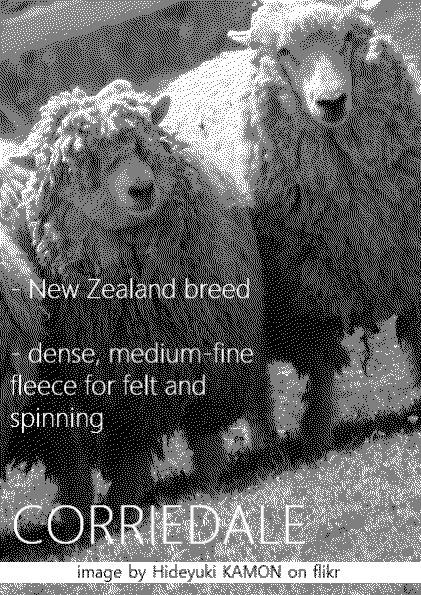
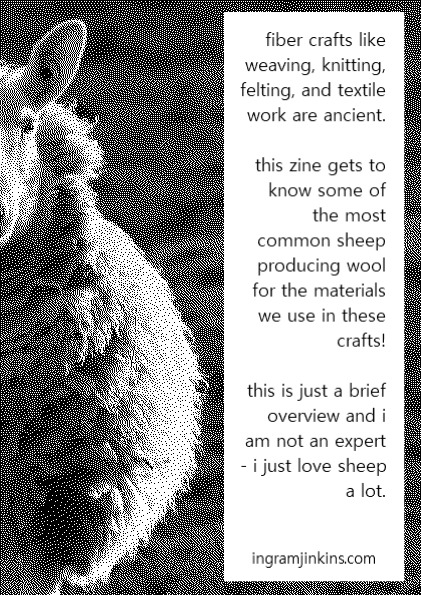
MEET THE SHEEP
New free 8fold I slapped together on Electric Zine Maker :) My partner and I have gotten really into fiber crafts and since sheep are my favorite animals I wanted to spotlight some of the fibers I’ve seen pop up on our many shopping trips.
This is all cobbled together thru info online so PLEASE if you know more on the subject hit me with it!!! I don’t mind making a v2 before I give one to my local fiber shop/the next con/stopping people randomly on the street to hand them out like tracts.
online shop
image description in read more
P1: Cover with image of a sheep and a lamb in a field. The top line reads, “get to know our fibrous friends” and the title reads “MEET THE SHEEP”. Below that is a box that reads “by ingram”.
P2: Picture of a Merino sheep looking at the camera. Bulletpoints read “Spanish breed; one of the most commonly used wools in clothing; very fine, soft wool used in sweaters, socks, and outdoor clothing”. Credit on photo is Eric Jones.
P3: Picture of a Rambouillet sheep eating hay. Bulletpoints read “bred from Merino; very fine wool, but more matte than Merino, bouncier and more elastic”. Photo credit is Jiel on Wikipedia.
P4: Picture of a Shetland sheep looking into the camera. Bulletpoints read “breed from the Shetland Islands, Scotland; comes in a variety of natural sheep colors, patterns and markings”. Image credit on photo is Jean on Flikr.
P5: Picture of a Blue Faced Leicester close up. Bulletpoints read “bred in Leicestershire, England; wool popular in handspinning; fine, luxurious wool with small, tight curls”. Image credit Richard Hoare.
P6: Picture of multiple Wensleydale in a field. Bulletpoints read “British breed; curly wool that is high luster, long, and sturdy”. Image credit is for weaverofgrass.blogspot.com.
P7: Picture of several Corriedale leaning close on each other. Bulletpoints read “New Zealand breed; dense, medium-fine fleece for felt and spinning”. Image credit is for Hideyuki KAMON on Flikr.
P8: Back cover, which is a full image of a sheep in a field. A text box reads, “fiber crafts like weaving, knitting, felting, and textile work are ancient. this zine gets to know some of the most common sheep producing materials we use in these crafts! this is just a brief overview and i am not an expert - i just love sheep a lot. ingramjinkins.com”
#zine#8fold#eightfold zine#zines#sheep#fiber#fiber crafts#I UNDERSTAND I SPELLED SOME STUFF WRONG LOL so please give me other stuff to correct for v2 :')
205 notes
·
View notes
Text

I am over the moon about this goodie box I just received from @milkweedman !! The big bag is some beautifully crimpy vegetable dyed Shetland wool, plus some fun little piles of other varieties of fleece. I'm so excited to spin up this wool! I simply cannot capture the color of the Shetland with my phone, but it is a rich golden color with spots of deep yellow-brown and I am sooooooo excited about the color variation!!! I'm going to spin up the happiest socks you ever did see, I tell you what!!!!!!!
#holding a lock from each pile up to my face and exclaiming to my partner:#look at the crimp on this!!! this one is so curly!! touch this one!! look at this one!!#the material and its Qualities!!!!#fiber art#hand dyed
3 notes
·
View notes
Text
No one asked, I’m doing this to hold myself accountable for the amount of wips I have:
PURSE (mini backpack) PROJECTS
- Socks for E: first pair of toe-up socks knitted from super wash wool and merino. I’m up to the gusset increases on the first sock. Currently on pause since I need to check the size since I absolutely do not want to frog merino wool.
- Ranger Socks: cuff down cable socks for myself, knitted from unknown wool from my stash. I have two and a half repeats on one sock.
- Halloween MKAL Mitts: Clue 1 right mitt is finished, clue 1 left mitt is casted on. Knitted from mystery yarn found in my stash, it’s soft and I think I got it from Hobby Lobby before I realized how Not Great they were.
- The Dark Tam: Pattern testing a tam. Had to restart and use different yarn, currently being knitted with Shetland wool. About 70% done.
- Mad Scientist shawl: Virus shawl made with Hobbi’s Halloween themed yarn in the color way Mar Scientist. I’m done with my green stripes and I’m part of the way through magenta with dark purple being right after. Slowly turning into a Tote project.
GONNA NEED A TOTE PROJECTS
- Enchanted Doily: Impulse doily project holy shit I did not look at the finished size when I started it. Currently have five rows left on part 3 of 7. Crocheted with Aunt Lydia’s size 10 thread.
- African Flower Chicken: Stash buster to get rid of the ugly off white yarn I collected. Nearly finished with all my pentagons, need to make the hexagons and squares.
STAYS IN THE BASKET:
- Gay Blanket: A hexagon blanket I’m slowly making out of the Twister pride yarn. I’m able to get about four hexagons from two balls of pride yarn so it’s going slow.
BACK BURNER:
- Moth Eaten: Went back to the drawing board. A mini collection of distressed lace knitting patterns.
- Possum Sweater: Back to the drawing board, possum themed sweater using colorwork. Also planned was a raccoon themed sweater to match.
- Sorceress Shawl: Too much counting for a casual project and the herringbone stitch hurts my hand. Will likely be moved to frogging since it’s not going anywhere and isn’t fun.
🐸🐸🐸🐸
- Claire Garland Lamb: it’s such a cute pattern but I’m not liking the yarn I picked for it. I’m going to frog what I’ve done and find better yarn in the future
2 notes
·
View notes
Text
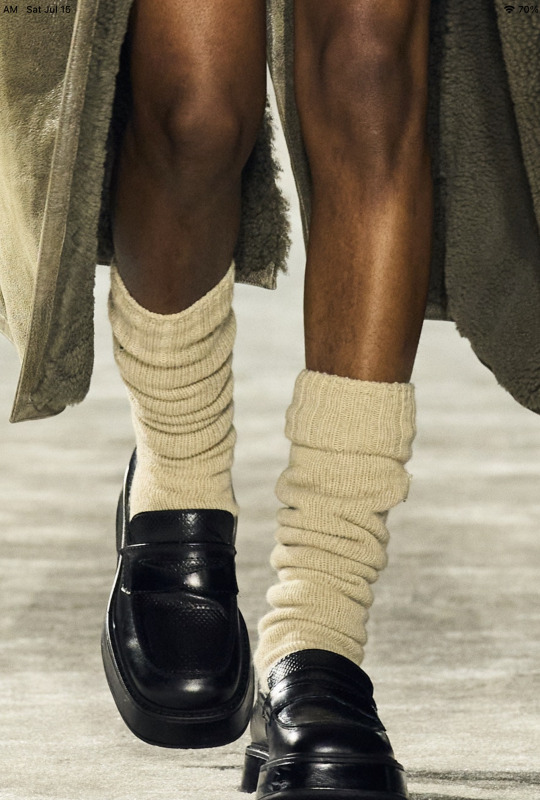
#ribbed wool socks#wool socks#sweater socks#sweat socks#cream sweat socks#loafers#leather loafers#leather penny loafers#socks#knee socks#shetland crewneck#shetland wool socks
32 notes
·
View notes
Note
Hi! I saw you were working with babydoll a while back; were you working from a fleece? I was gifted a pair of fleeces this week. Honestly, any tips on babydoll wool in general would be lovely! Thank you!
I was working from a fleece, yeah ! Mine was on the longer end of staple length for the breed (1.5-4 in or 3.8-10 cm, according to the Fleece and Fiber Sourcebook), mostly around 3 inches, which I think might be what made it impossible to prep on hand cards, because they barely touched the lock structure and removed almost no grit or vm--my fleece had lots of grit, not much vm, but it absolutely needed to be removed before spinning because otherwise it just stayed in.
If your fleeces have short staples though, and especially if they aren't gritty and don't have much vm, you could probably card them quite well ! The shorter the staple the better when it comes to carding down fleeces, at least in my experience.
The locks have a very strong structure--they're harder to separate and open than something like shetland or jacob, so if they are longer you really do need to comb them, because hand cards won't do it well (or in my case, won't do it at all. It just matted and tangled the fibers). Combed SDB top is really really nice to spin though, highly recommend at least trying it !
In terms of usage it depends on the individual fleeces, on the age of the sheep, that sort of thing. Mine was definitely not next-to-skin quality (fine for socks I think but wouldn't want a sweater of that yarn). If the fleeces are similar in terms of vm and staple length it could be worth it to sort both at the same time--there were a few spots of really nice soft locks on mine, so between the two you might get enough for a smaller piece like a hat or some gloves.
And I don't know if yours are raw or not but if they are raw, you might need to wash them more thoroughly than usual. Mine required 3 washes to get to the same standard of cleanness that I usually get after 1 wash. Again, I think that's just the strength of the lock structure and the density of the fiber--it's hard to actually get the lanolin and dirt out.
A few more facts from the Fleece and Fiber Sourcebook, in case you don't have it (which are just for Southdown broadly--unfortunately they don't really differentiate between the meat sheep breed, the babydolls, or the miniature or toys):
Average micron count: 23-27 for white fleece, 27-31 for black (actually have never seen it distinguish by color in this book, that's interesting)
Natural colors: typically just white, although mine was gray and I've seen one or two black fleeces on the market. White is by far the most common color though.
Yield: between 40-55% of raw fleece weight, apparently. I'm not sure if I believe that--or maybe that's for the meat sheep breed and they just didn't say. Mine had so little lanolin that I actually contacted the seller to make sure it was still raw. Or maybe they're counting the grit xD.
And (this part straight from the book rather than paraphrased) Fiber preparation and spinning tips: These are nice, versatile, medium-handling wools. Shorter fleeces can be carded, longer ones want to be flicked or combed. Spin to maintain the loft and springy character, keeping the drafting on the light side and the twist at moderate levels.
I will say that I spun my sock yarn high twist, and its still very nice, elastic, and not overly rough. But it definitely has a nicer hand when spun medium twist, as they recommend.
#southdown babydoll#hope thats helpful ! i was gonna take a picture of the page in the sourcebook but it's honestly one of the less informative entries#especially since as far as i can tell the statistics are for the meat sheep breed and not the other strains#but yeah SDB is pretty similar to the other downs in terms of prep and usage
17 notes
·
View notes
Text
What Is A Sewing Pack - And What Is In One?
Ask shooting knitters for what huge explanation you should get limit with their grit and they'll generally answer that it's wonderful times.
The fundamental contraptions expected for turning will allow you to make hand custom fitted sews for yourself and people in your standard presence. You can experience the thoroughly enjoy broadening this lone piece of you, to the ones you sew for. Various knitters have made their own "contraption chest" of sewing gadgets to pull around with them in a twisting around unit so they can sew any spot they go. buy sew packs
A piece of the contraptions that can be seen as in really Twisting around Unit include:
? Sewing Needles
? Yarn
? Sew Catch
? Line counter
Sewing requires two needles. You start by making a slip tie on one needle and "projecting on" how much oblige you need for the endeavor. The central join are made using the two needles, falling the yarn around one needle and drawing the wrapped yarn through circles on the other needle. purchase sewing units
There are different sorts of needles, like straight sewing needles, which come in aluminum, wood or plastic. The plastic needles can become feeble if not used for a really long time period. Straight contorting around needles show up in a level of different lengths and sizes. It is significant to have a level of needle checks so they can be changed to get the right strain for the endeavor being worked. Pick a length that will hold the join expected for the endeavor and that you feel open to working with. If possible buy a rigid plan of needles with a case to keep them in, so you will continually have nearby the right size expected for any undertaking. buy packs for winding around
Another kind of sewing needle is the round contorting around needle. Shrewd needles are long, flexible needles with a point on each end. These indirect needles are filling in unavoidability since they kill wrinkles and the need to persistently turn your sewing close to the flawlessness of a portion. buy hand dyed yarn
Twisting around yarn is a long settled length of interlocked fibers. This yarn can be conveyed utilizing many made or typical fibers. Because of the divisions in characteristics of yarns, the kind of commitment will fold up the sort of twisting around yarn. There are various kinds of sewing yarn open in the market like Fleece, Angora, Silk, Cashmere and Vicuna. buy join units
Ragg sewing yarn, is a thick yarn made involving one usage of disgraceful and two purposes behind downy. It makes a cerebrum blowing warm sock in any event dazzling strip redesiging spread. Cobweb Shetland sewing yarn makes a dangerous Aran sweater yet is clearly fitting for a fortune wrap. Wool yarn will drive a forebodingly weak person to free for all of the, one more could disdain the energy of acrylics. Two or three customary strands will felt and become weatherproof; others are awful security. Most yarn is made of controlled material. A utilization is a bent strand. If the reshape is a firm one, the yarn will be fine; enduring momentarily that is too firm, the yarn "wrinkles." Expecting that the turn is free, the yarn is sensitive, thick and less solid.
The "Sew Catch" has a score toward one side for supporting circles of yarn and drawing them through gets.
A portion counter is used to count how much lines that have been sewn. A chamber with a numbered dial is pushed onto the needle and is advanced toward the zenith of each line. This is especially valuable while working long model repeats
0 notes
Text
What Is A Sewing Pack - And What Is In One?
Ask shooting knitters for what gigantic explanation you should get limit with their grit and they'll generally answer that it's wonderful times.
The fundamental contraptions expected for turning will allow you to make hand custom fitted sews for yourself and people in your normal presence. You can experience the get a kick out of broadening this single piece of you, to the ones you sew for. Various knitters have made their own "contraption chest" of sewing gadgets to pull around with them in a bowing around unit so they can sew any spot they go. buy sew packs
A piece of the contraptions that can be seen as in truly Bowing around Unit include:
? Sewing Needles
? Yarn
? Sew Catch
? Line counter
Sewing requires two needles. You start by making a slip tie on one needle and "projecting on" how much oblige you need for the endeavor. The central join are made using the two needles, falling the yarn around one needle and drawing the wrapped yarn through circles on the other needle. buy knitting kits
There are different sorts of needles, like straight sewing needles, which come in aluminum, wood or plastic. The plastic needles can become frail if not used for a surprisingly long time period. Straight winding around needles show up in a level of different lengths and sizes. It is significant to have a level of needle checks so they can be changed to get the right strain for the endeavor being worked. Pick a length that will hold the join expected for the endeavor and that you feel open to working with. If possible buy an immovable plan of needles with a case to keep them in, so you will continually have nearby the right size expected for any errand. buy packs for winding around
Another kind of sewing needle is the round turning around needle. Shrewd needles are long, flexible needles with a point on each end. These indirect needles are filling in certainty since they kill wrinkles and the need to constantly turn your sewing close to the flawlessness of a fragment.
Twisting around yarn is a long settled length of interlocked fibers. This yarn can be conveyed utilizing many made or typical fibers. Because of the divisions in characteristics of yarns, the kind of commitment will fold up the sort of twisting around yarn. There are various kinds of sewing yarn open in the market like Fleece, Angora, Silk, Cashmere and Vicuna. buy join units
Ragg sewing yarn, is a thick yarn made involving one usage of disreputable and two explanations behind downy. It makes a cerebrum blowing warm sock in any event staggering strip upgrading spread. Cobweb Shetland sewing yarn makes a perilous Aran sweater yet is clearly fitting for a fortune wrap. Wool yarn will drive a forebodingly weak person to free for all of the, one more could disdain the energy of acrylics. Two or three customary strands will felt and become weatherproof; others are awful security. Most yarn is made of controlled material. A utilization is a bent strand. If the reshape is a firm one, the yarn will be fine; enduring momentarily that is too firm, the yarn "wrinkles." Expecting that the turn is free, the yarn is fragile, thick and less solid.
The "Sew Catch" has a score toward one side for supporting circles of yarn and drawing them through gets.
A section counter is used to count how much lines that have been sewn. A chamber with a numbered dial is pushed onto the needle and is advanced toward the zenith of each line. This is especially valuable while working long model repeats.
0 notes
Text
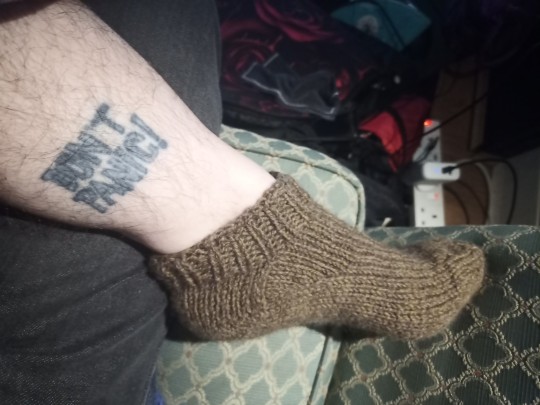
Manx loughtan x blue-faced Leicester x bio-nylon cabled (undyed)
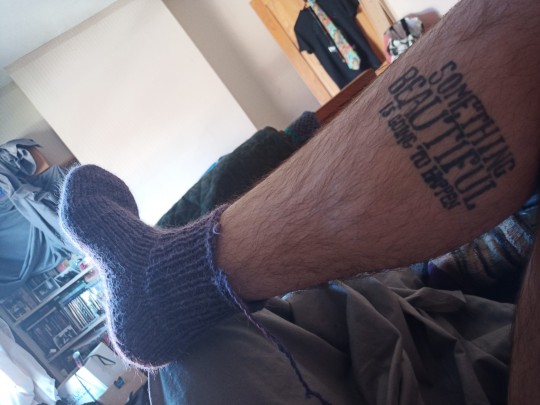
shetland x bio-nylon cabled yarn sock
Both spun from fibre purchased from World of Wool. The former a custom blend.
0 notes
Photo
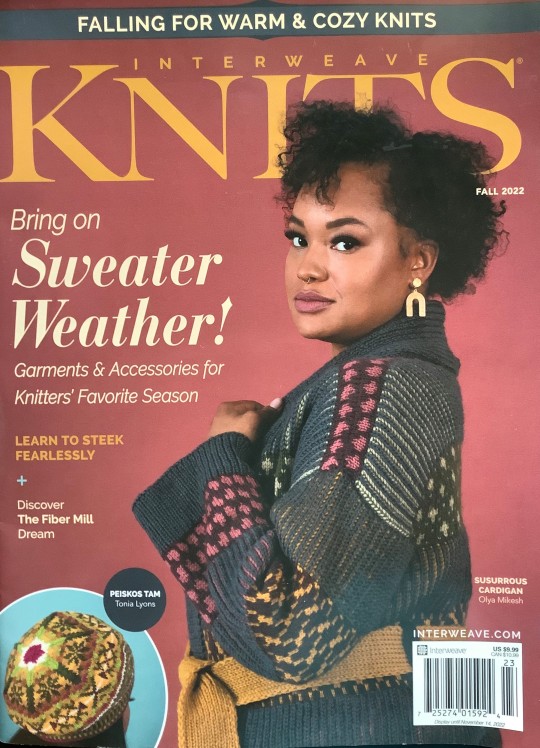
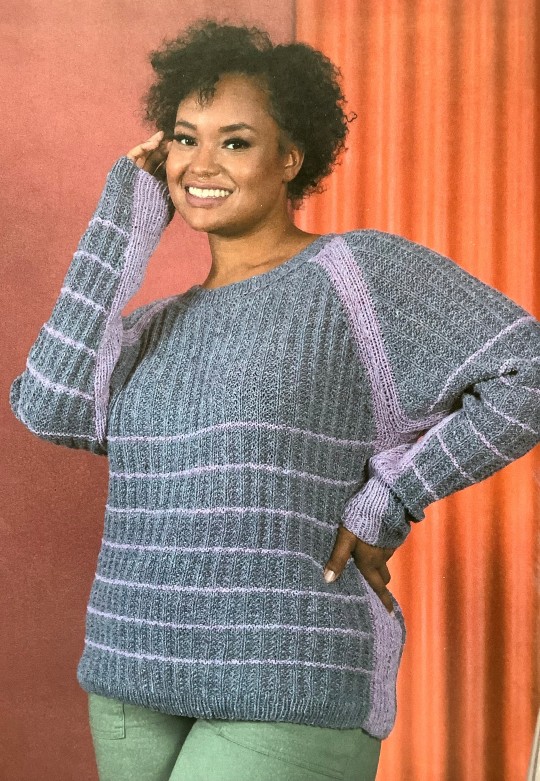
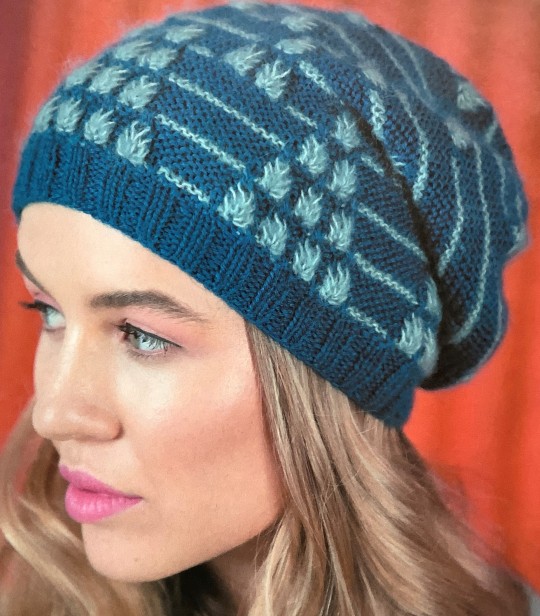
Interweave Knits, Fall 2022
This issues includes 2 cardigans, one of which is the beefy, belted one on the cover called Susurrous Cardigan by Olya Mikesh in Universal Yarn Deluxe Worsted. This is a wool yarn and this cardigan uses six colors of yarn and is a 3 out of 4 for difficult.
There are 4 pullover sweaters and my favorite is the Ramulose Pullover by Nadya Stallings. It has both vertical ribs and horizontal stripes, but I think skipping the latter makes more sense unless you really like a boxy look. Then if you left the color change at the raglan shoulders and at the sides, you would be repeating the vertical lines of the ribbing and still get some color play. It is a 3 out of 4 for difficult. It is done in Green Mountain Spinnery Sylvan Spirit which is a wool and Tencel blend.
3 hats including the color-work Peiskos Tam by Tonia Lyons which is also on the cover in the small photo on the left. This tam features 8 colors in Harrisville Designs Shetland yarns especially oranges and greens. This is a 3 out of 4 for difficulty but there is a nice big chart of the pattern included. The other interesting hat is the Sirimiri Slouchy Hat by Danieli Nii which has elongated stitches created by wrapping the yarn around the needle multiple times. It is a 3 out of 4 for difficulty. It is done in dark blue and paler blue using The Fibre Co. Road to China Light and Cirro. Both are blends so you get a real mix of fibers from alpaca, camel and cashmere to wool and silk.
There are also 2 sock patterns, an article on The Fiber Mill in Stromsburg, NE which processes wool fiber from around the United States and a technical article by Kyle Kunnecke on steeking, or cutting, a knitted sweater in order to finish the opening with buttonholes or a zipper, plus the usual columns on yarns and products.
Find it at your local yarn store, LYS, or online here: https://www.interweave.com/product-category/knitting/knitting-magazines/knitting-magazines-interweave-knits/
#interweave knits#interweave#knitting patterns#knitting#local yarn store#lys#susurrous cardigan#olya mikesh#universal yarn#ramulous pullover#nadya stallings#green mountain spinnery#peiskos tam#tonia lyons#harrisville designs yarn#sirimiri slouchy hat#danieli nii#the fibre co.#the fiber mill#kyle kunnecke#steeking#makers#making
1 note
·
View note
Photo

Another wonderful portrait taken by Miss Mary Ethel Muir Donaldson, and a good excuse for some history of the art that was male dominated in Scotland from the 15th Century, but was perfected by the women, and children of the Highlands. This picture taken in 1905 shows a woman from Ardnamurchan, (commonly described as the most westerly point of the British mainland) going about her day, and knitting from the ball of wool that would always be in her pocket.
Knitting as a means for making clothes and accessories can be traced back to the Middle East possibly as far back as the 5th century, but it wasn’t until around the 14th century that knitting reached Europe.
The art reached Scotland in the 15th century and quickly became the means of earning a living for many. In the early days of knitting in Scotland, it was very male dominated, and was seen as a highly skilled trade, done by trained craftsmen belonging to guilds or incorporations.
However, by the 17th and 18th centuries knitting was a flourishing trade in Scotland and a key occupation for many; women, children and men. They produced everything from jumpers to gloves to underwear.
Some products were even exported overseas or traded with passing merchant vessels. For example, some in Shetland traded their knitwares with passing Dutch ships for resources including tea and sugar. In 1793, Aberdeen exported around 76,000 dozen pairs of hand-knitted stocking. This was primarily to the Netherlands.
In 1589, the first knitting machine was produced in England by William Lee. Small-scale knitting machines also began to make it into homes. By the 19th century, knitting factories were growing in popularity, and technology and machines developed further. Hawick had become the Scottish centre for machine-knitted goods, as handknitting became less commercially sustainable. Other knitting factories appeared across the country.
Only Shetland remained handknitting regularly on a commercial basis. They had two dominant types of knitting at this time: the well-known Fair Isle style, and a lace knitting approach used for making shawls. This practice continues to this day, and its output has an international reputation. Knitting remains important for Shetland, in fact all primary school children are taught the art.
Regional varieties of knitting developed all over Scotland,and one prominent example is the Sanquhar Knitting, developed in the Ayrshire village of Sanquhar in the 18th century. The individual Sanquhar ‘patterns’, such as the Duke and the Rose, were often passed down through word of mouth from generation to generation. Some still continue this oral history tradition today. Another regional variety is the Fair Isle design. It originated on the island of Fair Isle, which lies between the Orkney and Shetland Islands (though part of Shetland). The inspiration for the patterns and colours is unknown, though it is probable that a knitted item with a similar pattern was traded onto the island, and acted as a springboard for this design. Fair Isle experienced a surge of popularity in the 1920s, partly due to Prince of Wales wearing a sweater as part of his golfing clothes. Throughout the 20th century it experienced periods of popularity and is now one of the most well-known patterns for knitware in the world. Today, it’s also a source of inspiration for the fashion industry.
This is my colourised version of a black, and white photograph taken in 1905, but I have posted the untouched original image within the comments.
Restoring Your Past … Website
Restoring Your Past … on Facebook
#Knitting#Ardnamurchan#Argyll#1900s#Mary Ethel Muir Donaldson#wool#Fair Isle#Shetland#jumpers#socks#Sanquhar-style#vintage#history#colourised#colorized#Photo Colourisation#photo colorization
6 notes
·
View notes
Text
Quick like a Bunnie and thanks to the "Wool and Fiber Arts" folk
Quick like a Bunnie and thanks to the “Wool and Fiber Arts” folk
While we sit by the fire to stay warm during the mild winter weather, Ma; my Better half, has designed and knitted up a new simple Angora/Shetland sweater that, of course, I wanted to share in this week’s Sunday Post.
Online Wool and Fibers Fests
During this pandemic, The Fiber Nation has found new ways to get fibers, yarn and more out to actually a larger audience, which has been a great thing…
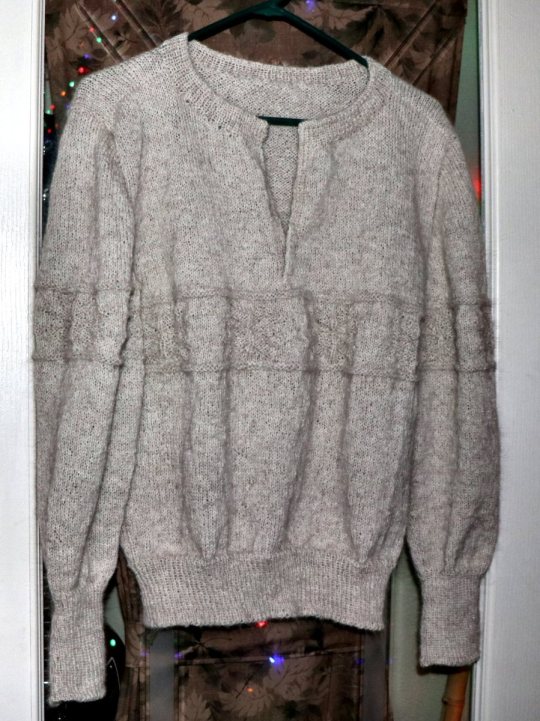
View On WordPress
#angora#blog#knitting#Shetland#socks#spinning#suffolk#sweaters#WAFA#wool#Wool and Fiber Arts#Zen Mountain
0 notes